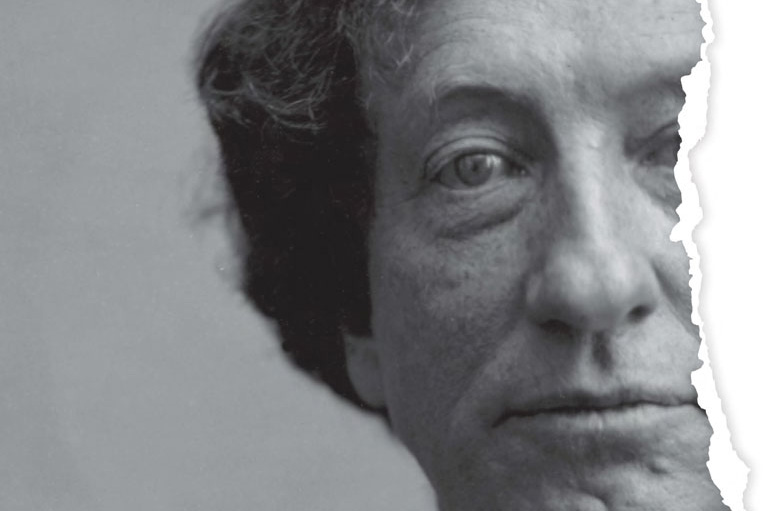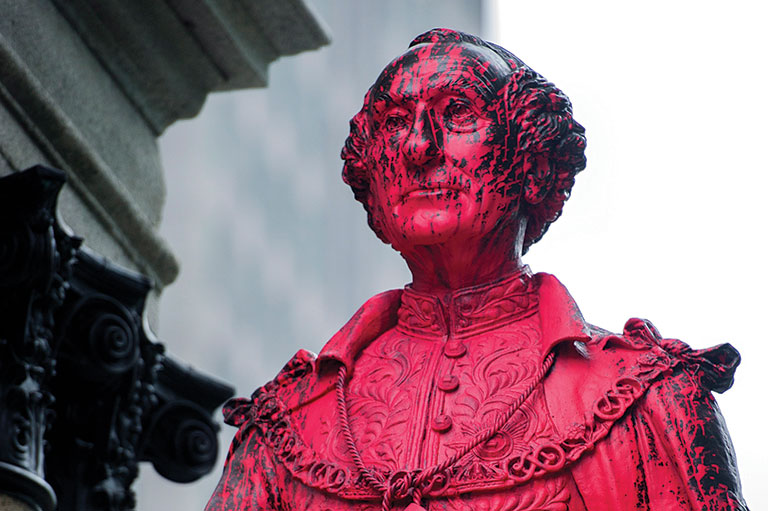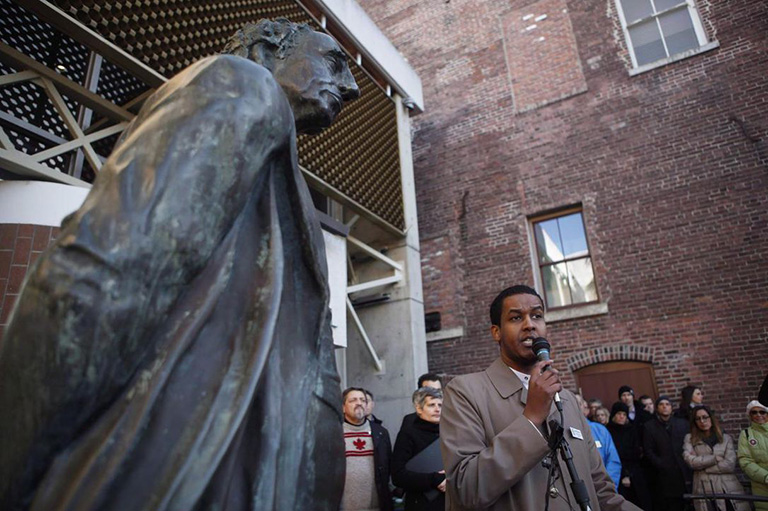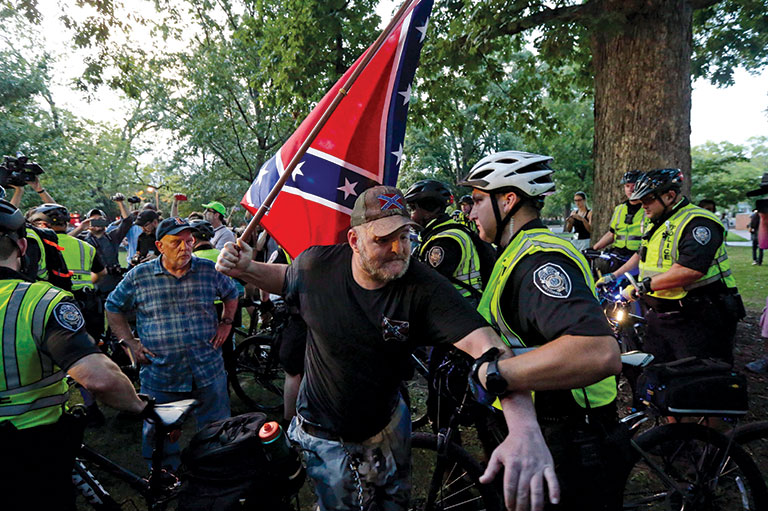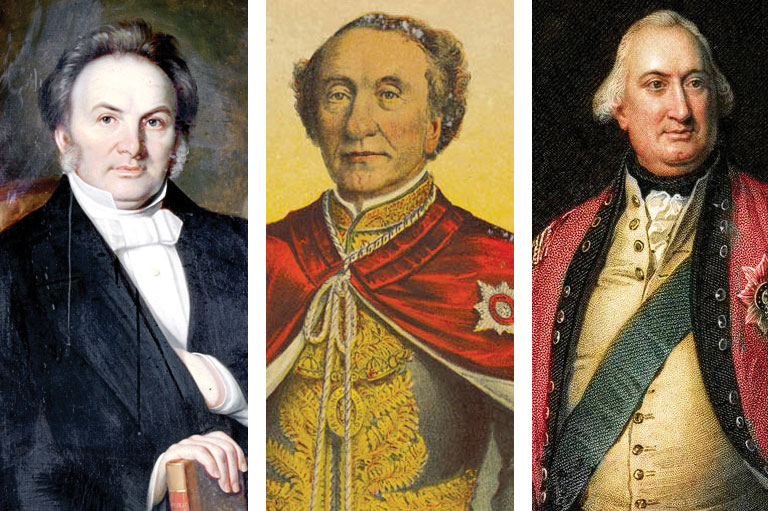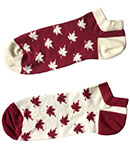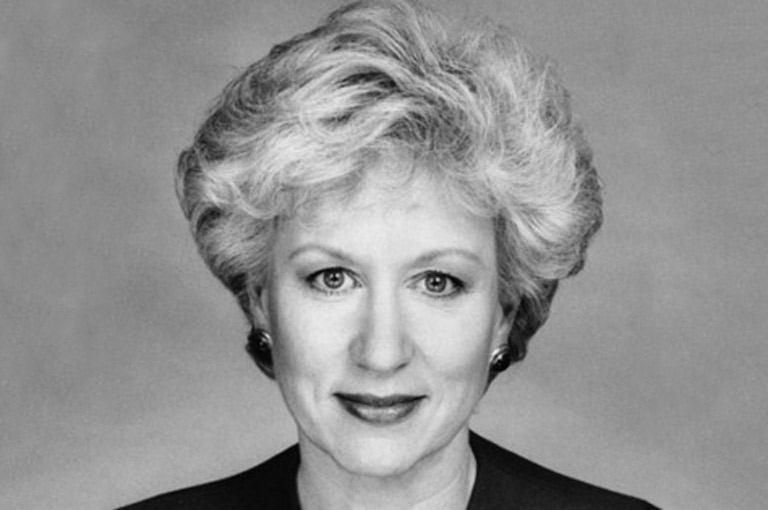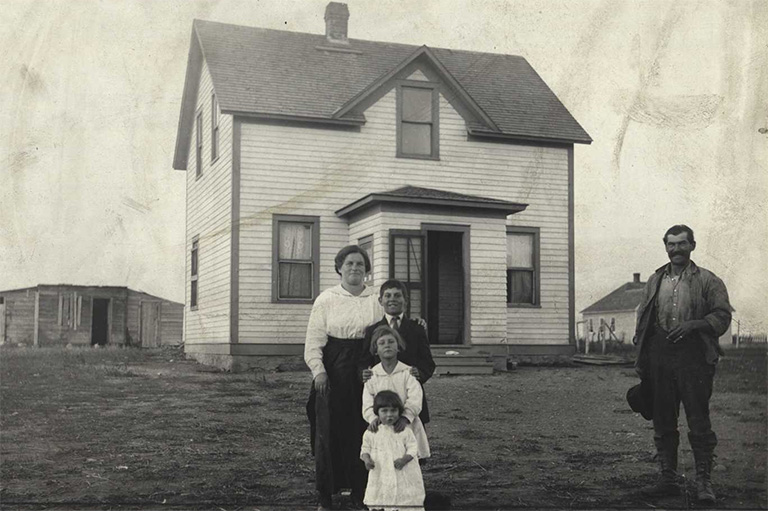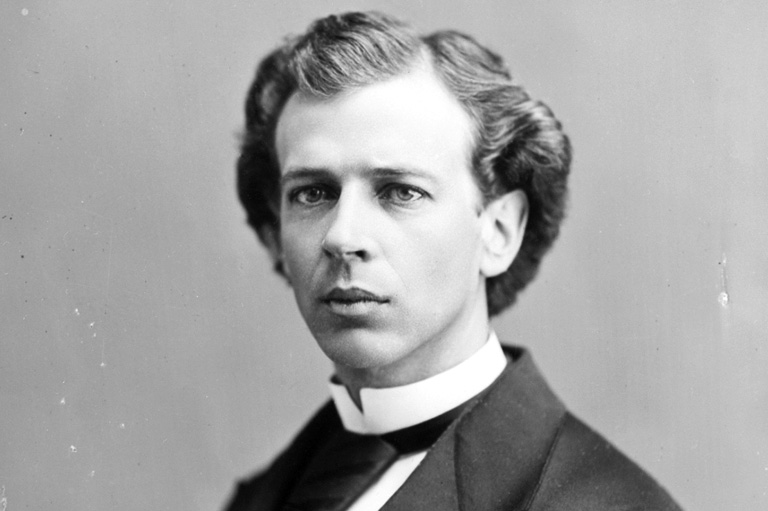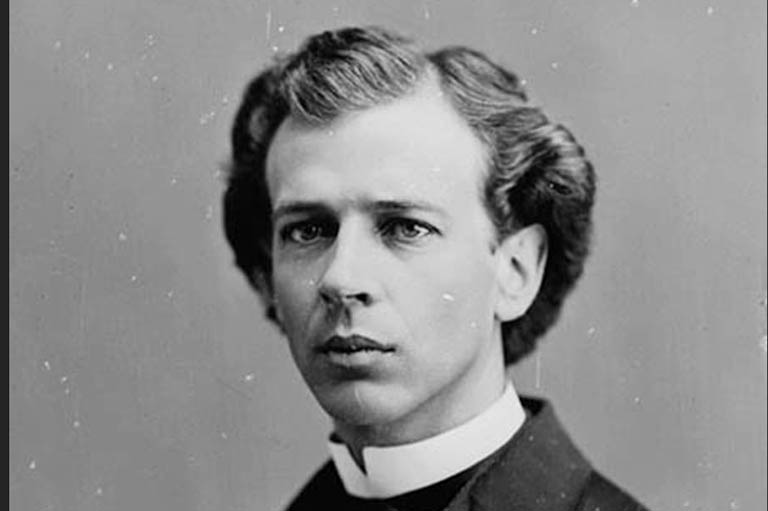Honour Indigenous History
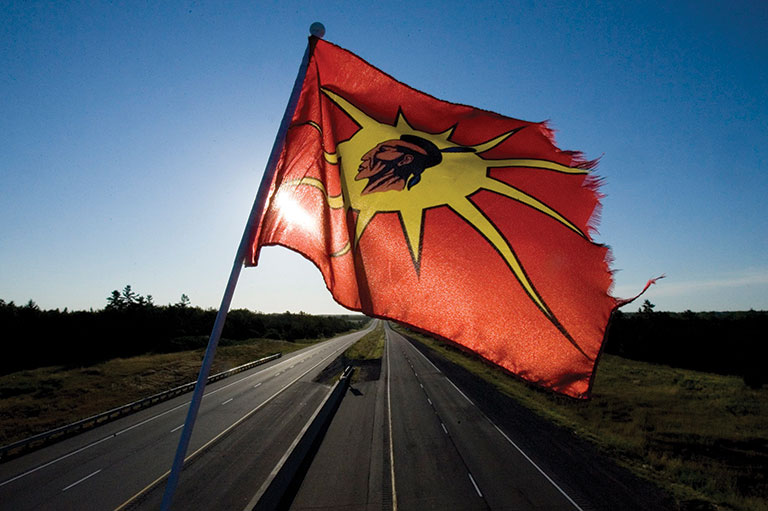
The Elementary Teachers’ Federation of Ontario voted in the summer of 2017 to have Sir John A. Macdonald’s name removed from all public schools in the province.
Advanced as part of efforts to reconcile with Indigenous people, this recommendation reminds me of the controversial objections, beginning more than two decades ago, to the use of Indigenous names for sports teams and their mascots as well as for other products.
At first, I did not support the struggle to stop using Indigenous names this way. Then I read an article with the opening “Ride a Jew — a Jew can really take a beating.” I was horrified. What was wrong with this writer? At the end of the article, the writer said he took these words right out of an ad for a Jeep Cherokee and replaced “Cherokee” with “Jew.”
Why was the revised version so horrifying? Is it normal to disrespect Indigenous people? What is wrong with this picture? I asked myself.
Some Indigenous people have weighed in on the subject and lined up with ETFO, urging that the names of schools bearing Macdonald’s name be changed. For sure, the issue is a hot one, and there has been resistance to the idea of dropping his name.
The argument in favour of doing so is simple: We should not celebrate those who are responsible for the suffering of Indigenous people.
I have questions about this approach. It is true that Indigenous people suffered a great deal because of Macdonald’s decision to go along with Egerton Ryerson, the founder of Ontario’s education system. Ryerson said Indigenous children were not fit for an academic education and should instead be confined to residential schools that provided industrial training.
The creation of residential schools is not Macdonald’s only sin. The expansion of Canada past Ontario and Quebec required the quelling of the Manitoba Métis and of their Red River Resistance led by Louis Riel, a sin that is high up on my list. As the daughter of a Métis mother, I am not a fan of Macdonald, the man responsible for Riel’s hanging.
Yet I am uncertain that changing names on buildings is going to force Canada to honour its agreements with the Métis, which would involve truly meaningful change. If the idea is to start the conversation about Sir John’s misguided thinking, we may want to begin with the writings of Métis author Marilyn Dumont before making any hard and fast decisions.
Her poem “Letter to Sir John A. Macdonald” opens with the lines: “Dear John: I’m still here and halfbreed,/ after all these years/ you’re dead, funny thing.”
Reconciliation is not just about making things emotionally comfortable for Indigenous people. The Truth and Reconciliation Commission of Canada (TRC) issued ninety-four calls to action.
Removing Macdonald’s name from public buildings is not one of them. It seems as though the reconciliation aspect most attended to is not the calls to action related to economic equality, which would have the most practical impact, but rather the making of emotional apologies.
One of the calls to action is to put up monuments to Indigenous people — the heroes and the survivors. Is erasing Macdonald going to reveal Indigenous heroes? I think not. Changing the name on a building is another form of apology with no real punch.
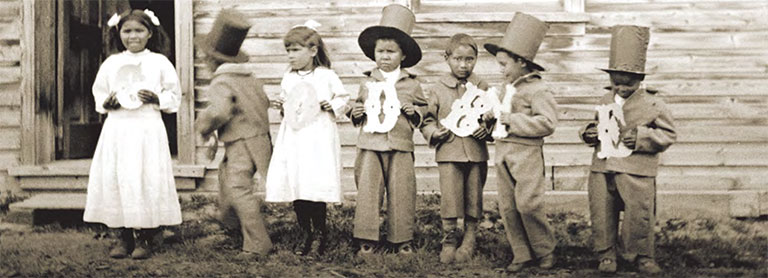
I am cautious as I write this essay. I am aware that the emotional well-being of survivors and their dependants is critical, after all the suffering they have endured.
On the other hand, I wonder if we are losing an opportunity to remember. I am not in favour of getting rid of things. My daughter Columpa C. Bobb, who is a writer, photographer, and actor, agrees with me. She said, “I think we should keep the names and change the plaque.”
The memorial phrase for the First World War is “Lest we forget.” The many cenotaphs and soldiers’ statues remind us of the wars in which so many fought and died.
Those wars were terrible, but we don’t get rid of the war memorials. I worry that, if we erase John A. Macdonald from history, in the not-so-distant future we will forget what happened to Indigenous children at his behest.
Instead, we could put up a plaque on any building bearing his name, explaining his role in forming the residential school system. I would also like someone to explain in these public places how the “Sir” got in front of his name. Without the plaque, we miss a teaching moment.
Niigaan Sinclair, Idle No More organizer and professor of Native Studies at the University of Manitoba, tells us, “schools are perhaps the most important parts of a nation. That’s where the most important discussions happen….” What sort of discussion will take place if we remove Macdonald’s name? For the first few years we will be reminded that the building once had a different name; then it just may fall into being ignored and forgotten.
If we are going to move toward reconciliation, we should not choose a tactic based on discomfort. Let us work toward honouring the children who went to these schools. Let’s put up plaques and monuments to them, rather than taking something else down. Let us explain the dishonourable histories of Macdonald and others as well as the roles they played in fracturing Indigenous communities and destroying our languages by placing us in residential schools.
Let us say, “We are not going to go that way again.”
The TRC called for the country to honour more Indigenous people. My grandfather, Chief Dan George, is probably the most painted and photographed Indigenous man in Canadian history, but there is no monument to his work toward reconciliation that took place long before the TRC or the closure of the schools.
When he was asked to sing at ceremonies for Canada’s centennial, he instead requested time to speak; but he was denied. He always talked about the importance of coming together as human beings and was a strong advocate for peace, friendship, justice, and fairness between Indigenous people and Canadians.
The former chair of the TRC, Murray Sinclair, says we should stop arguing about whether schools should be named after Sir John A. Macdonald and start thinking about how to honour overlooked Indigenous heroes. I am up for that.
I am a Sto:lo. Our trickster is a mink. He is a vicious little predator. A little mink can snap the heads of twenty mice in barely the blink of an eye. He can take down a coyote or a wolf. He drinks blood but does not eat the flesh of the wildlife he kills. But we adore him. Once I was wondering about that, and my daughter said, “He is a teacher by negative example. He tells us how not to be.”
I think leaving the name and adding a plaque can help to tell us how not to be.
We hope you’ll help us continue to share fascinating stories about Canada’s past by making a donation to Canada’s History Society today.
We highlight our nation’s diverse past by telling stories that illuminate the people, places, and events that unite us as Canadians, and by making those stories accessible to everyone through our free online content.
We are a registered charity that depends on contributions from readers like you to share inspiring and informative stories with students and citizens of all ages — award-winning stories written by Canada’s top historians, authors, journalists, and history enthusiasts.
Any amount helps, or better yet, start a monthly donation today. Your support makes all the difference. Thank you!
Themes associated with this article
Advertisement
The Trials of John A.

Canada’s History Archive, featuring The Beaver, is now available for your browsing and searching pleasure!

